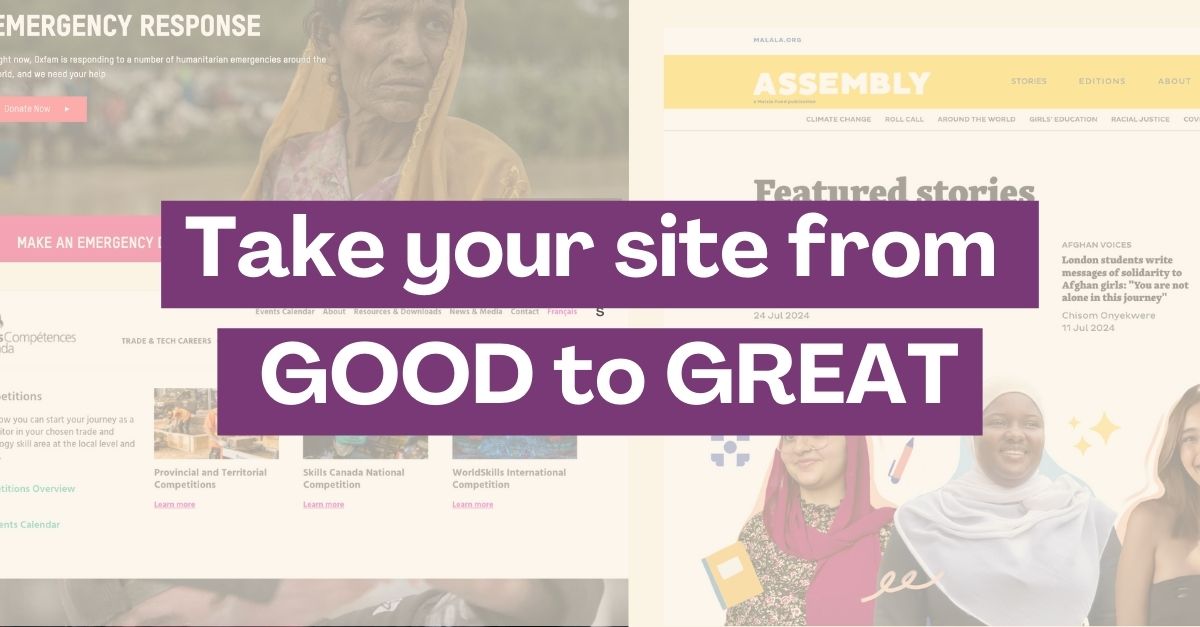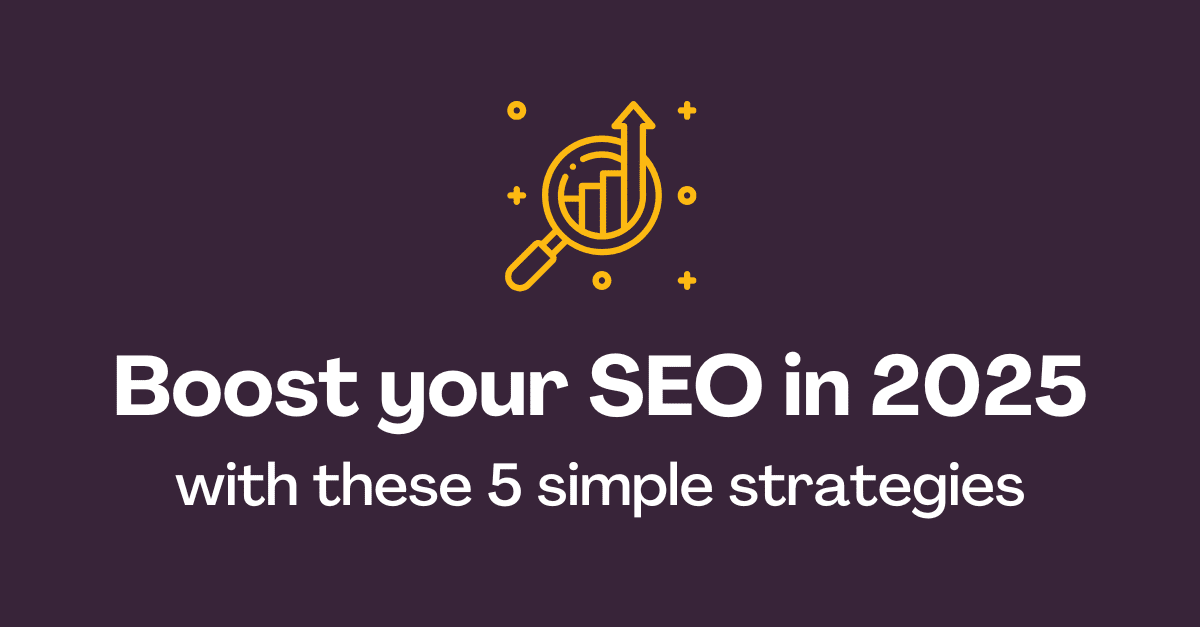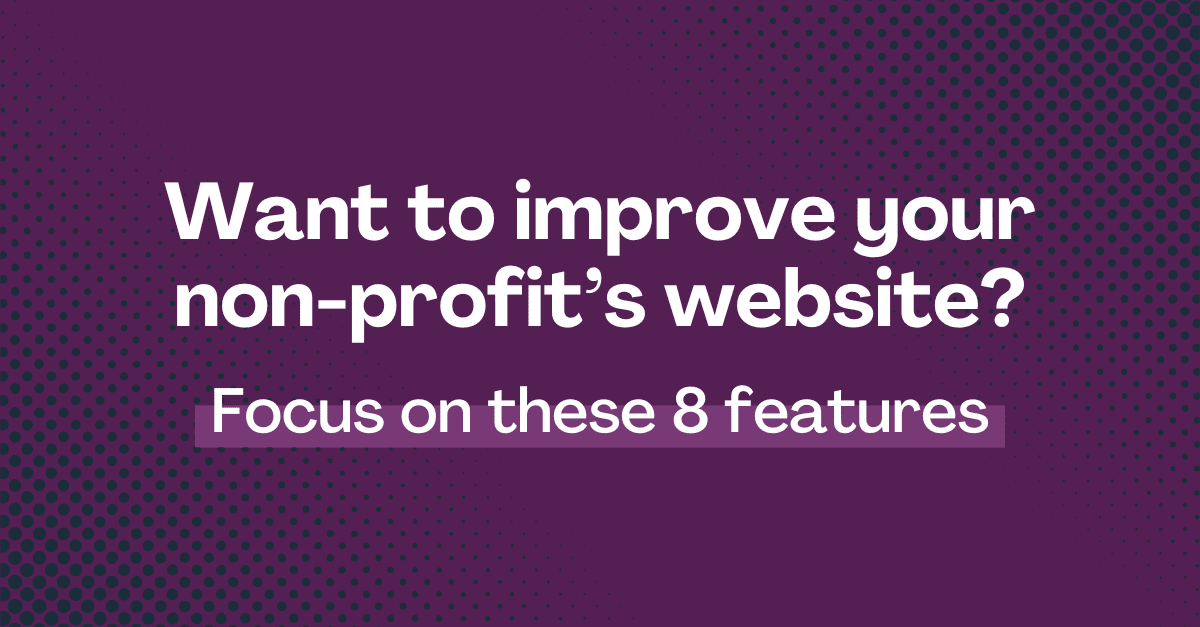Content Marketing Trends for Nonprofits: What’s Working Now

In 2024, non-profit organizations (NPOs) must adapt to evolving digital marketing trends to effectively reach and engage their audiences.
With attention spans shorter than ever and the overwhelming presence of Artificial Intelligence in this fast-paced domain, staying ahead can be challenging yet also presents amazing opportunities.
It all starts with a solid content strategy
Before diving headfirst into content marketing trends, it’s crucial to establish a solid content strategy. Here’s a quick overview of the basics:
- Setting Goals: Define clear, measurable objectives for your content efforts. What do you want to achieve? Is it increased donations, volunteer sign-ups, or raising awareness?
- Knowing Your Audience: Create detailed personas to understand who you are talking to. What are their interests, needs, and behaviors?
- Crafting the Message: Align your content with your core mission and values. What message do you want to convey to your audience?
- Choosing Channels: Determine the best platforms to reach your audience. Where do they spend their time online?
Measuring Success: Use analytics to track the performance of your content. Are you meeting your goals? What can be improved? Discover more in our article “6 Benefits of Digital Marketing Analytics Reports for Your Non-Profit.
By having a well-defined content strategy, NPOs can ensure their content marketing efforts are focused, effective, and aligned with their organizational goals. This foundation is essential for navigating the latest trends and leveraging them to make a significant impact.
The Golden Circle for non-profit organizations
To further refine your content strategy, utilize the Golden Circle model by Simon Sinek. This model emphasizes starting with “Why” to inspire action and build loyalty.
- Why (Purpose):
- Example: Our purpose is to empower underprivileged children through education and mentorship.
- Explanation: Clearly define the core mission that drives your organization. This foundational “why” should resonate deeply with both internal teams and external supporters.
- How (Process):
- Example: We provide free tutoring, educational resources, and mentorship programs to children in underserved communities.
- Explanation: Explain the unique methods and processes your organization uses to fulfill its purpose. This “how” sets you apart from others and shows the practical steps you’re taking to achieve your mission.
- What (Result):
- Example: We have successfully mentored over 1,000 students, improving their academic performance and boosting their confidence.
- Explanation: Detail the tangible outcomes and results of your efforts. This “what” showcases the impact of your work and provides evidence of your success.
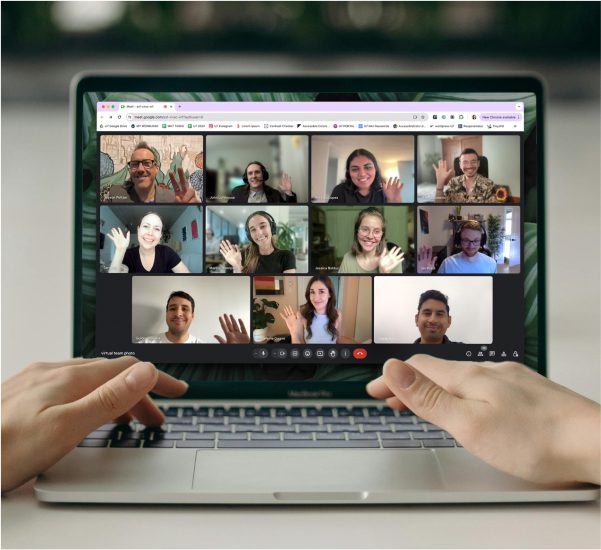
Boost your online presence with our help
- Web design and development
- SEO and PPC
- Social media strategy
- AI technology
With this robust foundation, non-profits organizations (NPOs) can confidently explore and implement the latest content marketing trends to enhance their digital presence and achieve their mission in 2024.
Content marketing trends to watch
As we explore these trends, it’s essential to understand how they can shape your digital marketing strategy. From leveraging micro-content to embracing AI-driven personalization, these trends offer innovative ways for NPOs to connect with their audiences more effectively.
Let’s dive into the key trends transforming content marketing for nonprofits.
Trend 1: Shorten your content!
With the average attention span of only 8.25 seconds, content marketing is evolving with a focus on brevity and relevance.
As consumers are bombarded with information, we’ve seen a particular rise in success for short form content.
This is highlighted by the increase of micro-videos, which was brought on by TikTok. Now we see other platforms capitalizing on the success of TikTok with Instagram Stories, Instagram Reels, Facebook Stories, and YouTube highlights. The pivot to shorter, more engaging content is more popular than ever.
To capitalize on this trend, nonprofits need to craft concise yet impactful stories that seamlessly integrate into consumers’ lives and address their desire to get involved with your organization, either as a donor or a volunteer.
For instance, share a 20-second video that tells the transformative story of a child benefiting from your educational programs. Include a compelling call-to-action (CTA) that directs viewers to your website to learn more and find out how they can contribute.
So, get to the point and watch your mission thrive with shorter, more powerful content.
- Example: Here’s a content example our team created for our client SkillPlan on TikTok, that our team also repurposed on Instagram. The video was targeting youth primarily, given the choice of platforms to distribute on, and the topic that’s focused on considering the trades as an option and alternative to university schooling and careers.
@skillplan Elevate your skills with SkillPlan, follow us for helpful resources and insight.
Trend 2: Leverage artificial intelligence
Artificial Intelligence (AI) is revolutionizing the way nonprofits create content, making it easier, faster, and more cost-effective to engage with audiences. With limited time and resources, nonprofits can turn to AI applications and platforms to produce high-quality content with minimal effort.
Here are some ways AI can support your content creation needs:
AI-powered text generation
AI tools like ChatGPT are invaluable for generating content, especially for social media and email marketing. By providing a role (e.g., “funny copywriter”) and some context, ChatGPT can craft engaging posts or email newsletters that resonate with your audience.
- Example: Prompt the tool with a request such as, “Write an informative social media post about our upcoming charity run. Here’s information about our charity run: (enter content here)” and receive ready-to-publish content, or very close to it. You can then further refine your request by continuing to give it direction for a rewrite (i.e. make it funny, make it shorter, etc.)
AI image generation
Many organizations find it challenging to obtain quality photography due to the expenses of the shoot, the need for people or models, and consent requirements. This is where AI tools like Adobe Firefly can make a significant impact, enabling non-profits to generate personalized images and professional-looking graphics quickly and easily.
Leveraging AI for image generation is crucial for non-profits as it offers cost-effectiveness by eliminating photography expenses, speed and efficiency by producing high-quality visuals quickly, flexibility to create customized images that align with their visual identity, and a hassle-free solution to logistical challenges like obtaining consent and coordinating schedules.
Additionally, AI-generated images enhance storytelling, making campaigns more compelling and memorable. Tools like Adobe Firefly allow nonprofits to generate images based on keywords that reflect their mission and values, ensuring a consistent and professional online presence.
- Example: Using Adobe Firefly, you can prompt with a few keywords, such as “kids in need of learning” and “school environment.” Based on these inputs, the tool will generate an image that supports your publication and aligns with your visual identity. This seamless integration of AI-generated visuals can help non-profits maintain a consistent and professional online presence, ultimately enhancing their outreach and engagement efforts.

Emotional Engagement with Music
Music can evoke strong emotions and enhance your storytelling. For non-profits, this emotional connection is vital for engaging supporters and conveying the impact of their work.
Leveraging AI-generated music is important for nonprofits as it enables the creation of high-quality, emotionally engaging materials efficiently. This helps connect with audiences on a deeper level, enhancing videos and events with personalized soundtracks that resonate with viewers.
AI platforms like Mubert allow you to generate unique audio tracks tailored to your needs, adding a powerful emotional layer to your content.
- Example: Prompt or upload image and choose the style you want, and download in a few seconds your personalized track.
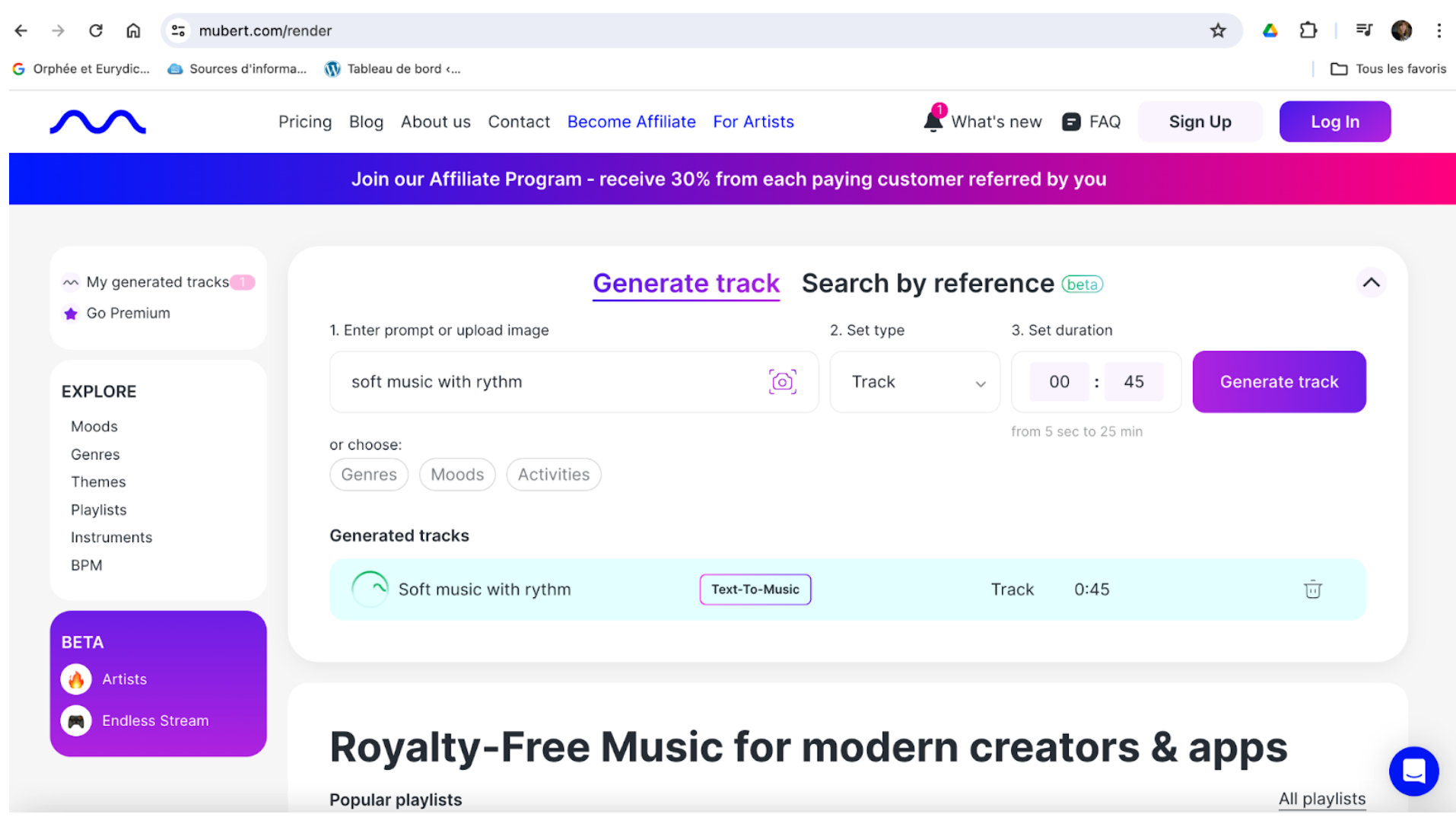
Practical Applications and Inspiration
To see AI in action and get inspired, watch this video showcasing a few examples of how AI can support content creation for non-profits. Additionally, for more suggestions and insights into AI applications, check out this comprehensive article.
Trend 3: Data-driven content production
Data-driven content involves creating and tailoring material based on detailed insights gathered from audience data. For non-profits, this approach is crucial to drive engagement and build stronger connections with supporters.
By using powerful online tools to collect data on audience behavior, preferences, and interactions, an organization can develop content that truly resonates with its supporters. This method ensures that the material is relevant and impactful, ultimately enhancing engagement and fostering deeper relationships with the audience.
Here are three tools to consider, along with examples of how various nonprofit organizations have leveraged them.
- Google Analytics: This tool tracks and reports website traffic, providing insights into user behavior, including how visitors navigate the site, which pages they spend the most time on, and where they drop off. It helps organizations understand their audience and improve website performance.
- Example: By using Google Analytics to track visitor behavior on their website, an animal rescue organization discovered that pages featuring success stories of rescued animals have the highest engagement. Using this data, they now create more content centered around rescue stories, tailored to the interests of their audience.
- Mailchimp: This email marketing platform helps users design, send, and analyze email campaigns. It provides detailed analytics on open rates, click-through rates, and subscriber behavior, enabling organizations to optimize their email marketing strategies for better engagement.
- Example: By analyzing which emails have the highest open and click-through rates, an educational non-profit tailored its content to include more stories and updates that resonate with their audience, such as student success stories and upcoming fundraising events.
- SurveyMonkey: This survey tool allows users to create and distribute surveys to gather feedback and insights from their audience. It offers robust analysis features to interpret survey results and understand trends, preferences, and opinions.
- Example: A mental health organization conducted a survey using SurveyMonkey to understand the concerns and interests of its donors. The survey revealed that many supporters are particularly interested in mental health initiatives. Armed with this information, the organization creates targeted content and campaigns focused on mental health programs, effectively engaging their audience.
By leveraging these tools, your non-profit can ensure that the content is personalized and relevant, ultimately driving greater engagement and support for your cause. Embrace personalization to enhance engagement from your audience, foster deeper relationships with your donors, and ultimately advance your mission.
Conclusion
These are just a few content marketing trends for 2024. As the landscape evolves rapidly, keeping up can be challenging.
Let’s join forces to navigate this dynamic environment together. Would you like to chat with a member of the marketing team to see if you’ve mastered the marketing terminology?
Still wondering all of the terminology used in Marketing? Take a look at our e-book Need-to-know marketing terms. This glossary will help you understand marketing terminology, and feel comfortable and confident that your organization’s goals are understood.
Let's chat about your goals
OR tell us more about you
Swipe up for expert help!



